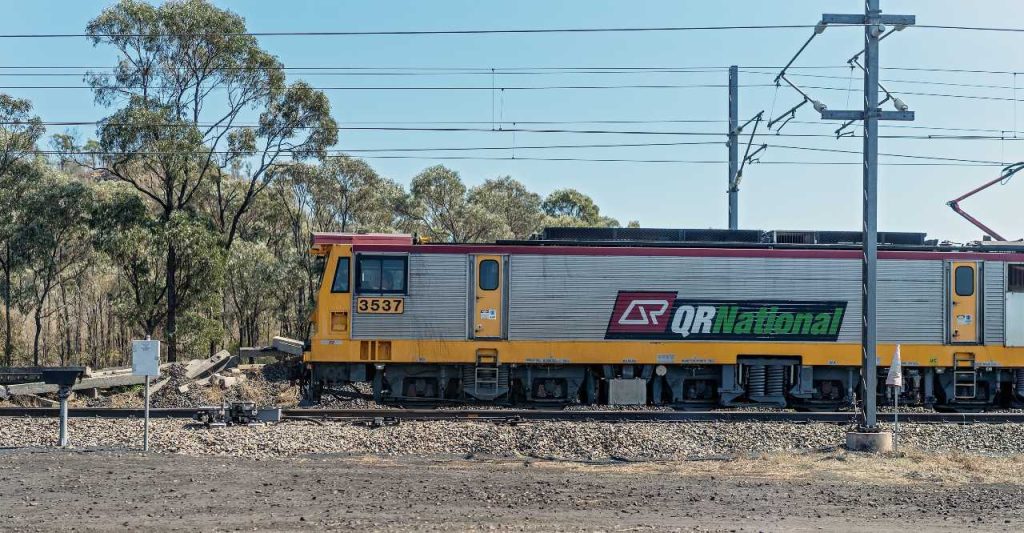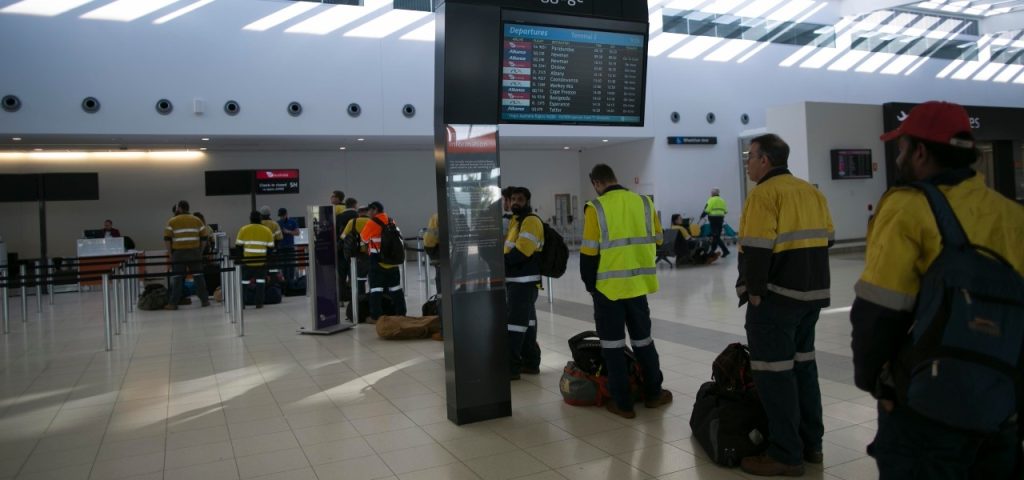Improving transport, digital connectivity and community workforce engagement could lay the foundations for a revitalised regional Australia, experts say.
Regional and rural communities in Australia have traditionally struggled with the urban-rural divide, facing limited access to services and opportunities that are usually only found closer to cities.
But engineering experts say building up regional Australia’s transport infrastructure and digital accessibility through a locally sourced workforce could help close that gap.
This added investment would extend services and opportunities – previously limited to urban centres – across the country and spark decades of transformative economic growth within rural communities.
Improving transportation connectivity
Developing comprehensive transportation networks is an essential support pillar if the government hopes to increase regional opportunities.
Improved road, rail, and air connections push beyond mere travel conveniences; they are vital for integrating regional Australia with the broader national and global community.
Transport infrastructure improvements have been a key focus of state and local governments across rural Australia in recent years, with the 2023 Infrastructure Market Capacity report revealing an extraordinary level of investment in New South Wales, South Australia, and Queensland.
According to the report, certain rural areas anticipate an average annual investment increase of 75 per cent, with some areas experiencing a doubling of investment by 2025.
Transformative infrastructure projects like the Inland Rail keep a forward-thinking approach to economic revitalisation through green energy and improved connectivity, creating jobs in both the transport network and renewable energy sectors.

Boosting digital access
The most significant way to transform access to opportunities and services within Australia’s rural areas is to improve digital connectivity.
Despite how commonplace and essential internet access is in 2024, many rural towns still struggle with limited or poor-quality internet access.
But by improving broadband and mobile internet services, more rural Australians will be able to access key educational resources, healthcare services, and business opportunities.
The Australian Government’s Better Connectivity Plan has already allocated more than $1.1 billion towards enhancing telecommunications in rural and regional communities, aiming to revolutionise online access for remote areas.
CaSE Civil & Structural Engineering regional director Daniel Taylor says improving digital connectivity will play a crucial role in further rural infrastructure development, without which many modern project tools simply won’t work.
“Digital connectivity is at the core of modern infrastructure projects, transforming how we approach development in regional Australia,” he explained.
“It’s the enabler of sophisticated construction and monitoring technologies that are changing the game – like using drones for land surveying and employing real-time data analytics to oversee large-scale projects.”
“Such advancements are only possible with robust internet services, which are critical for integrating these technologies into our daily operations.”
Mr Taylor says that improved digital access would not only help more regional Aussies get online but also enable infrastructure and investment opportunities that otherwise wouldn’t be available.
“Ultimately, it’s about more than just connectivity; it’s about leveraging that connectivity to make infrastructure development smarter, more efficient, and inclusive for all Australians,” he said.

Building up a regional workforce
Infrastructure projects need workers to build them, creating a fantastic opportunity for regional areas to capitalise on job creation and skill development among their communities.
With the nation currently plagued by a skilled worker shortage, a failure to develop a larger regional workforce will ultimately lead to delays, rising costs and missed opportunities to develop the region in the future further.
Infrastructure Australia’s 2023 Infrastructure Market Capacity echoed these concerns, stressing the critical need for engineers, skilled tradespeople, and labourers and highlighting the risk shortages pose to infrastructure projects’ timely and budget-conscious delivery.
They say there is a need for a government-funded comprehensive national infrastructure workforce strategy to encompass targeted education and training programs and incentives to retain talent in regional locations.
By utilising and growing the local talent pool, future projects and other regional areas can also benefit from this more accessible talent, who are more familiar with the area and the unique requirements of rural infrastructure.

Mr Taylor says further rural infrastructure investment presented a golden opportunity to empower regional communities and fight against the regional migration pull towards urban centres.
“By providing skilled individuals with the opportunity to engage in significant developments right in their backyard, we’re not just keeping talent local; we’re redefining what it means to ‘build big,” he said.
“By investing in our local communities – creating jobs, developing skills, and incorporating their cultural heritage into our projects- we don’t just build infrastructure; we build a stronger, more unified region.”
“This approach not only meets the immediate needs of the community but also ensures long-term sustainability and resilience, bridging the gap between rural and urban opportunities.”






